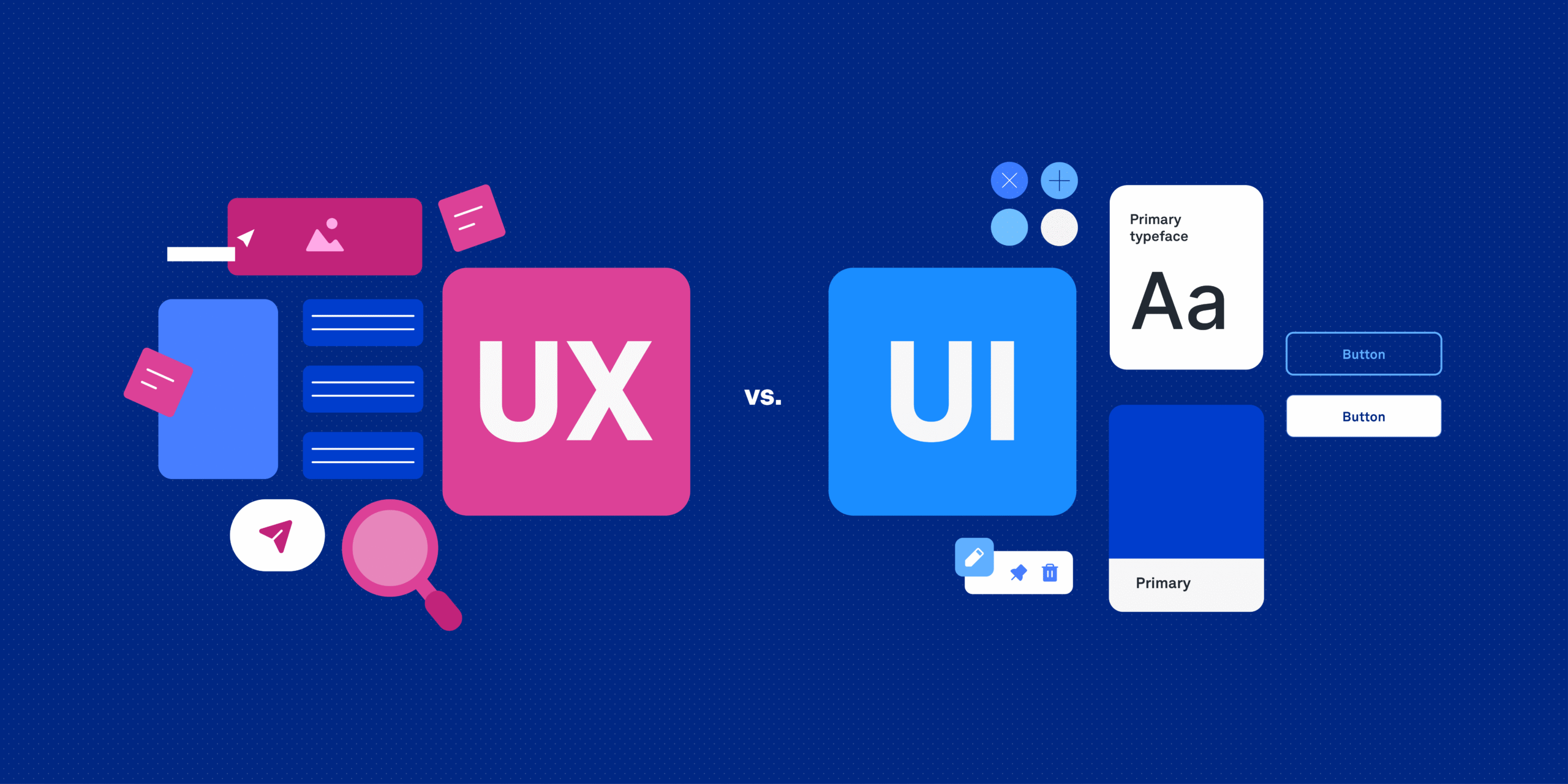Static Websites Are Trending Again
The flashy era of dynamic websites filled with animations, pop-ups, and motion graphics is fading. More businesses—both large and small—are switching back to static website design, and it’s not just for aesthetics. Static websites are being embraced again for their reliability, speed, and security.
If you’re unfamiliar with the terminology, here’s a quick breakdown. A static website is built using only HTML and CSS, without the use of scripting languages. Any content update requires a manual edit to the source code. In contrast, a dynamic website uses front-end and back-end scripting and often connects to a database to serve personalized or interactive content.
To simplify: a static site displays the same content to every visitor, while a dynamic site changes content based on user interactions. For instance, Twitter is dynamic, while a service-based company website is usually static.
Security
Without a database or backend scripting, static websites are much less vulnerable to common threats like code injection. Since they don’t rely on CMS plugins, the attack surface is significantly smaller. APIs and JavaScript can be used for limited dynamic features without compromising security.
According to WP WhiteSecurity, nearly 70% of WordPress sites are vulnerable due to outdated software or plugins. Static sites, by contrast, eliminate that risk entirely.
Reliability
Static websites don’t rely on a database, which reduces the chances of server or connection errors. If a server node fails, content can still be delivered through another CDN node. This isn’t always possible with dynamic websites, which may crash during server issues.
Speed
Static websites are much faster because there’s no middle layer between the user and the content. They’re often ten times faster than CMS-based dynamic sites and benefit from being delivered through the closest server node to the user.
Google research shows that 65% of users expect a page to load in under 2 seconds, and 40% abandon a site that takes more than 3 seconds. Static websites help reduce bounce rates and improve user experience.
Hosting and Cost
Because static websites are made up of simple HTML files, they require less server space. Hosting is not only easier but also cheaper. Businesses often use the savings to invest in tools like Git-based workflows or automation pipelines to make updates more efficient.
Scalability
When traffic spikes, dynamic websites often face performance issues due to server-side processing. Static websites scale far more easily—just increase bandwidth or use a content delivery network. No complex backend configuration required.





